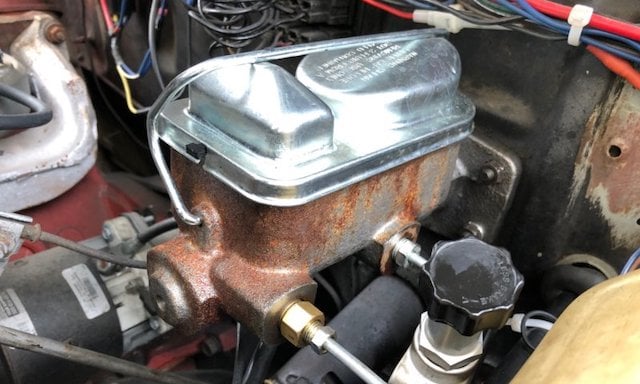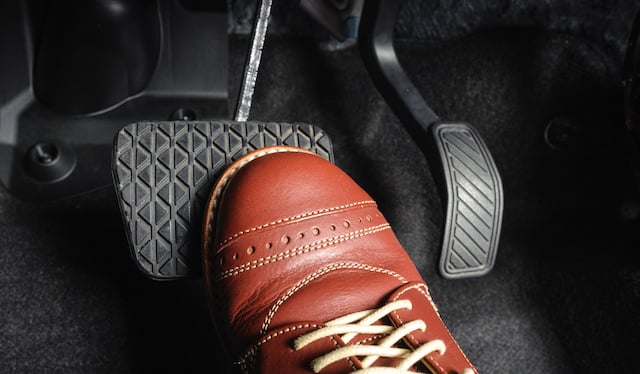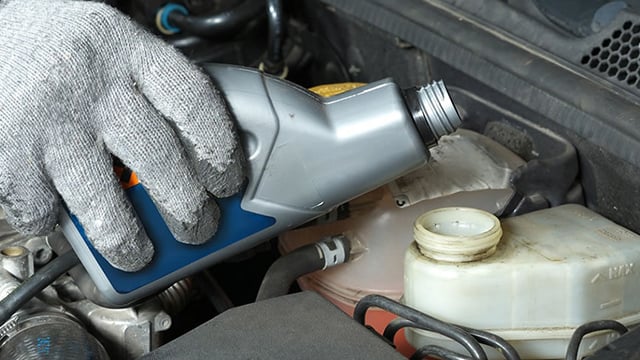Master cylinders should last between 70,000 and 110,000 miles. They could last forever, but they have rubber seals that wear out over time. A bad master cylinder compromises your vehicle’s stopping power.
If you think that you’re driving with a bad master cylinder, you want to check it out as soon as possible. If you confirm that you have a bad master cylinder, replace it as soon as possible.
This guide will walk you through the process of checking the master cylinder on your truck.
Signs Of A Bad Master Cylinder

If you know the signs of a bad master cylinder, you’ll get to diagnose the issue and then replace it as soon as possible. If you notice some of the following symptoms, you may want to look at your master cylinder:
- Soft and spongy brake pedal
- Illuminated check engine or check brakes light
- A leak under the engine bay on the driver’s side
Do You Have A Hunch That Your Master Cylinder Is Bad?
If you suspect that your master cylinder is bad, you don’t have to bring your truck to a shop to confirm it. There are 3 easy things you can do to confirm the issue. Be sure to do all 3 things rather than just 1 or 2.
1. The Brake Pedal Test

The brake pedal test will help you determine whether the master cylinder is the cause of the symptoms you’re experiencing. Do this with the engine running while parked:
- Press down firmly on the brake pedal until it comes to a stop.
- Hold the pedal down.
- Observe whether the pedal sinks or not.
If the pedal begins to sink slowly, the master cylinder has an internal or external leak.
This is a good way to see if the master cylinder is the issue. You still want to fully confirm the issue, though. That’s why we have 2 more steps for you to complete.
2. Checking The Brake Fluid

If the rubber seals in the master cylinder wear out enough, they can contaminate the brake fluid. Brake fluid should be clear with a hint of yellow. If the brake fluid is dark (as in black or brown), that means it absorbed a lot of debris. The debris is likely from the worn rubber seals.
You also want to make sure that brake fluid isn’t leaking out of the master cylinder. You can do this by checking the brake fluid level in the reservoir.
To check your brake fluid reservoir:
- Open the hood.
- Find the brake fluid reservoir. In most trucks, it’s mounted on or near the firewall in the rear of the engine bay. If you have trouble finding the brake fluid reservoir, check your owner’s manual.
- Check the brake fluid level. There should be a line inside the reservoir marked “full”. If the fluid level is too low, it may mean that there’s a leak in the master cylinder.
- Check the brake fluid color. Is it dark? If so, it’s likely that the rubber seals in the master cylinder are too worn.
3. Inspecting The Master Cylinder

Now it’s time to visually inspect the master cylinder. To do this:
- Locate the master cylinder. It’s right underneath the brake fluid reservoir.
- Using a flashlight, thoroughly inspect the master cylinder. Look for any:
- Signs of leakage. Look for oily dirt stuck to the master cylinder and check all the connections to brake lines for leaks, too.
- Cracks
- Loose fittings
If you find any physical defects, the master cylinder absolutely needs to be replaced.
Does The Master Cylinder Look OK?
If the master cylinder appears to be in good shape, the issue could be one of the disc brake calipers (or wheel cylinders if you have drum brakes). It could be that the master cylinder is sending enough force to the calipers, but one of them isn’t applying enough pressure to stop the truck. Sometimes the calipers leak.
To check your disc or drum brake, look for signs of leaking brake fluid at each brake. If you find any leakage at a brake, you’ll need to repair or replace it.


